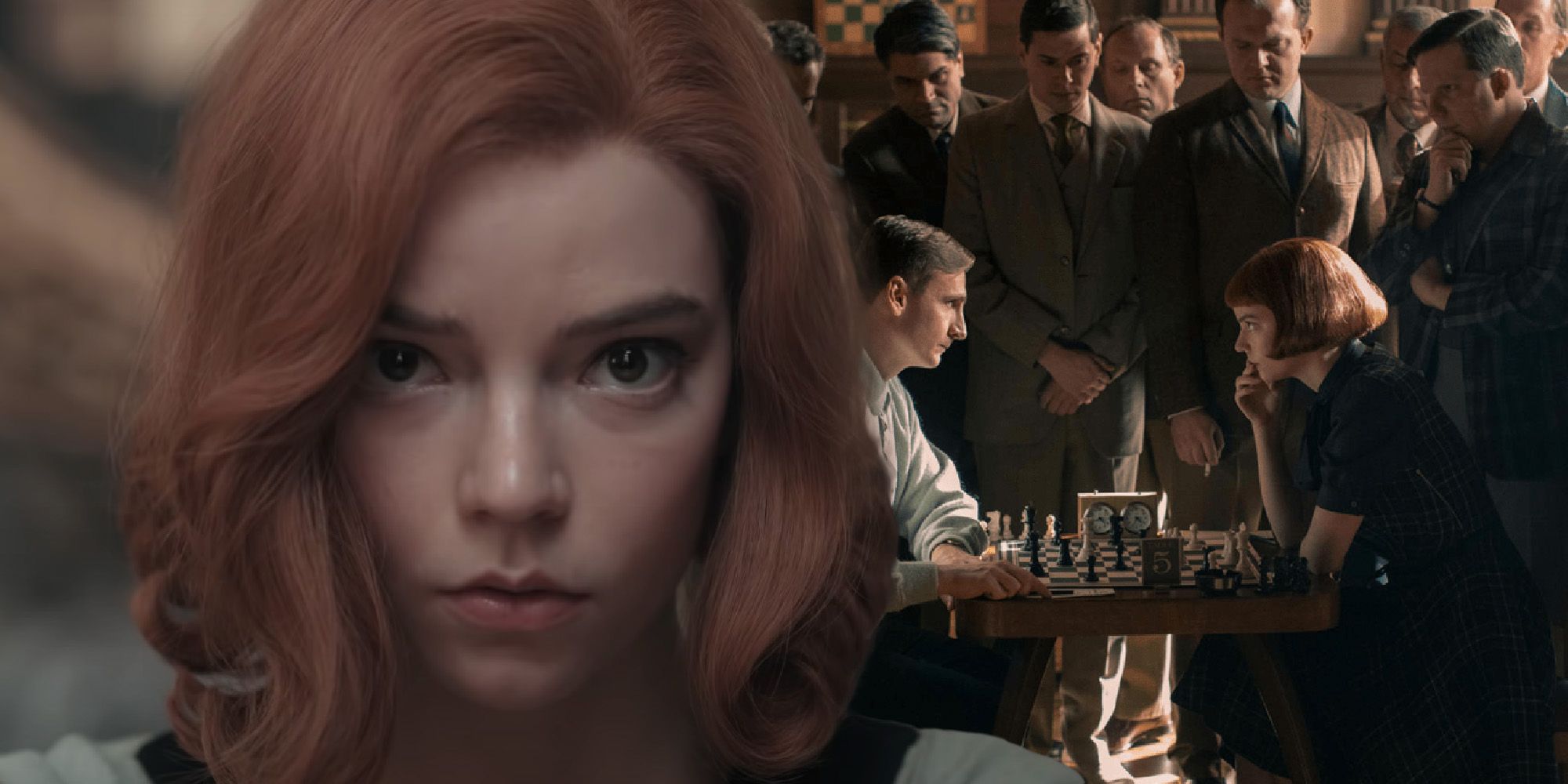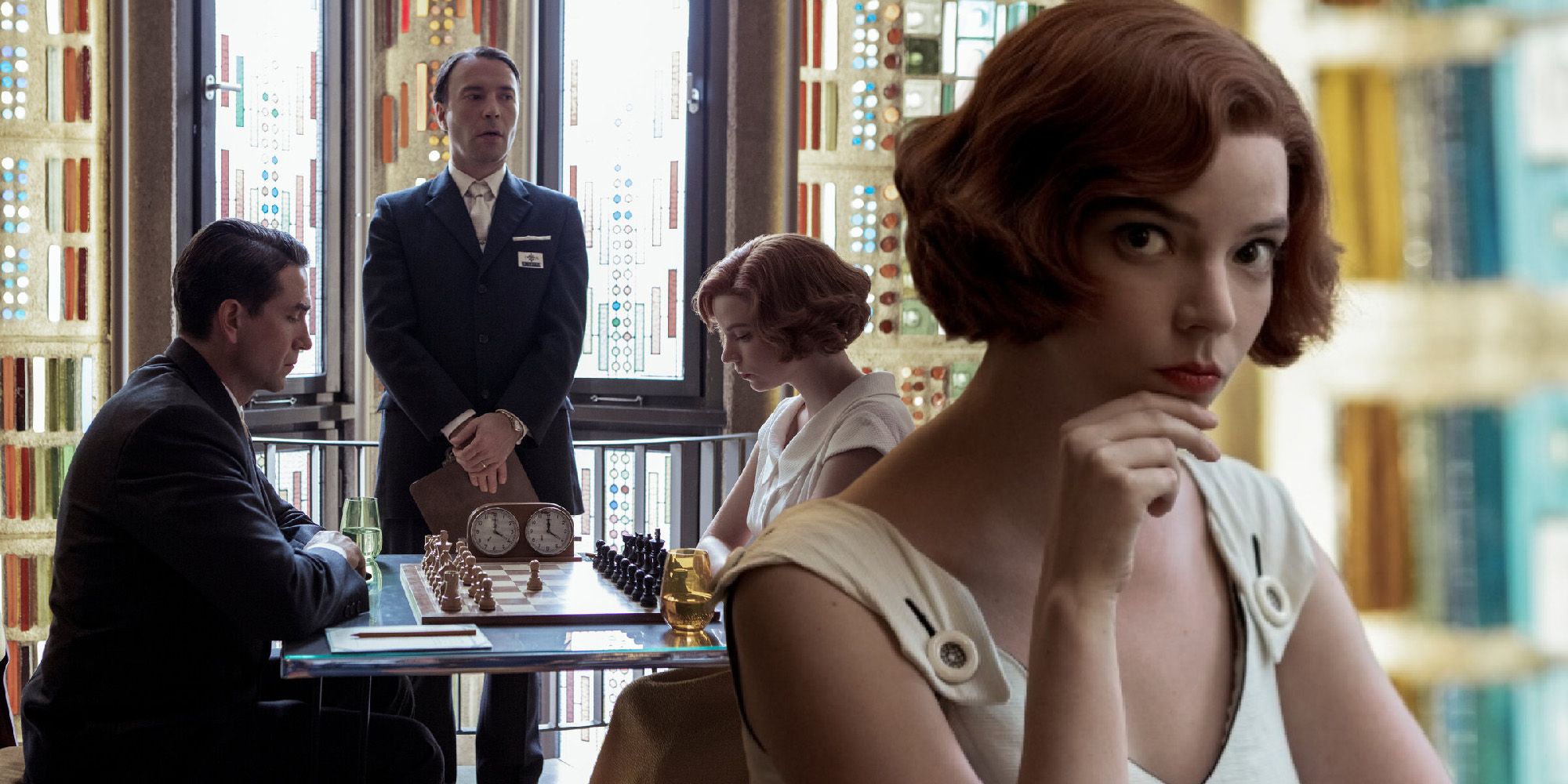Netflix's The Queen's Gambit, starring Anya Taylor-Joy as fictional Chess prodigy Beth Harmon, challenges just how much you really know the game. Nobody really knows the true history of Chess. Modern scholars believe the game originates in the 6th century, evolving from a war game called chaturanga. The modern rules didn't really take shape until the 14th and 15th century, although there was initially a great deal of standardization.
The average Chess player knows a little of the game; its basic rules, and how the pieces move. They settle down and enjoy a game now and again, perhaps drifting into the habit of having preferred opening moves, and it's all just a bit of fun. In truth, they've simply dipped their toe in the waters, and perhaps occasionally they get the sense there's more to it than they thought - maybe when they open a newspaper and see annotations describing a game. The Queen's Gambit invites viewers to realize just how very different competitive Chess truly is, starring a protagonist who understands the game at an intrinsic level.
Competitive Chess isn't just a matter of knowing how the pieces move; rather, it's a matter of understanding the opportunities afforded by a sequence of moves. Skilled Chess players learn these moves by rote, switching from one gambit to another with an ease that seems almost effortless. That is why the best players are frequently numerous moves ahead, countering gambits that are yet to be developed, working carefully to create openings that will lead to checkmate. Speaking to Wired, Taylor-Joy compared it to dancing. "Essentially I learned all of the sequences like dances," she explained, "and because I'm a dancer, that was helpful in terms of remembering how everything worked out." Chess at this level is a competitive form of art, in which two people compete to paint a picture of victory upon the board.
At its best, a game of Chess is a battle of wills. Chess masters will pore over the latest games, looking for variations on strategies they have learned by rote. When the best players are booked for a match, they will spend time examining each other's past games, looking for favorite strategies and patterns they can exploit. Viewed through this lens, Chess can be compared to psychological warfare, and consequently no two games are ever alike. That is why writer-director Scott Frank uses so many different visual techniques to give each game its own personality in The Queen's Gambit. Every match presents an insight into Beth's emotional state at that given moment, and provides character to her opponent as well.
"I had never played chess prior to taking part in this," Anya-Talor Joy admitted, "and I feel so grateful that I've been given this peek inside of this magical secretive world that I knew nothing about." Her words probably convey the reason The Queen's Gambit is so compelling; because it offers a window into a secretive world viewers sense is unknown to them, and a glimpse into the troubled mind of its heroine who lives within it.


